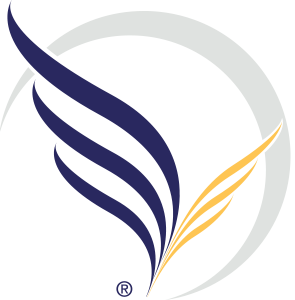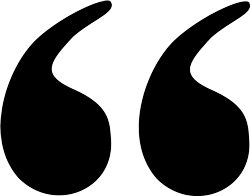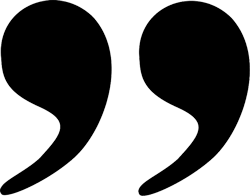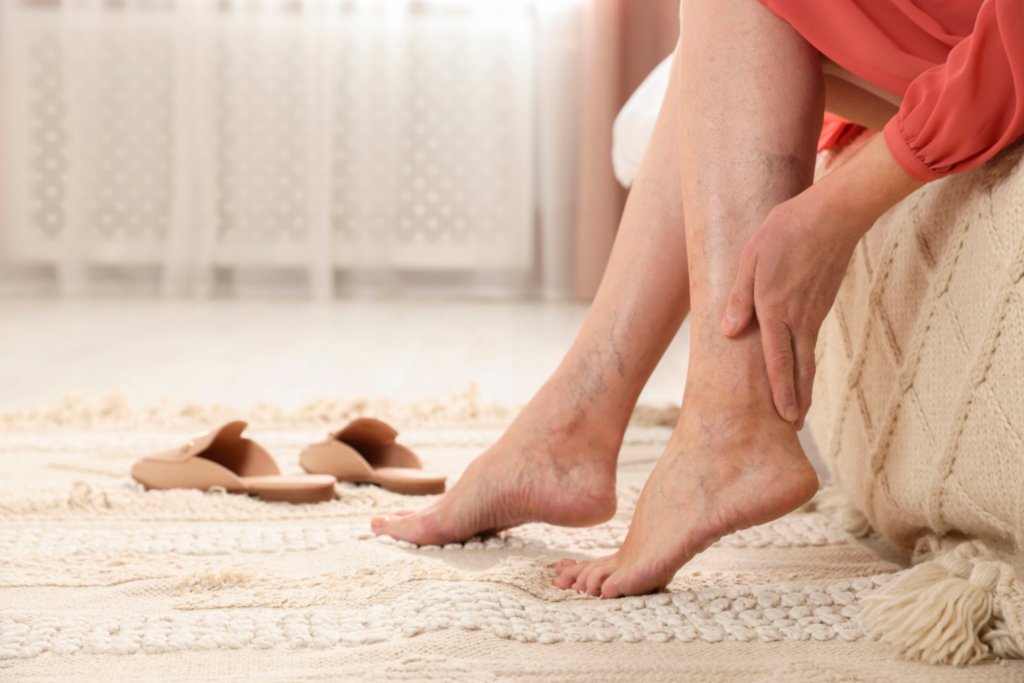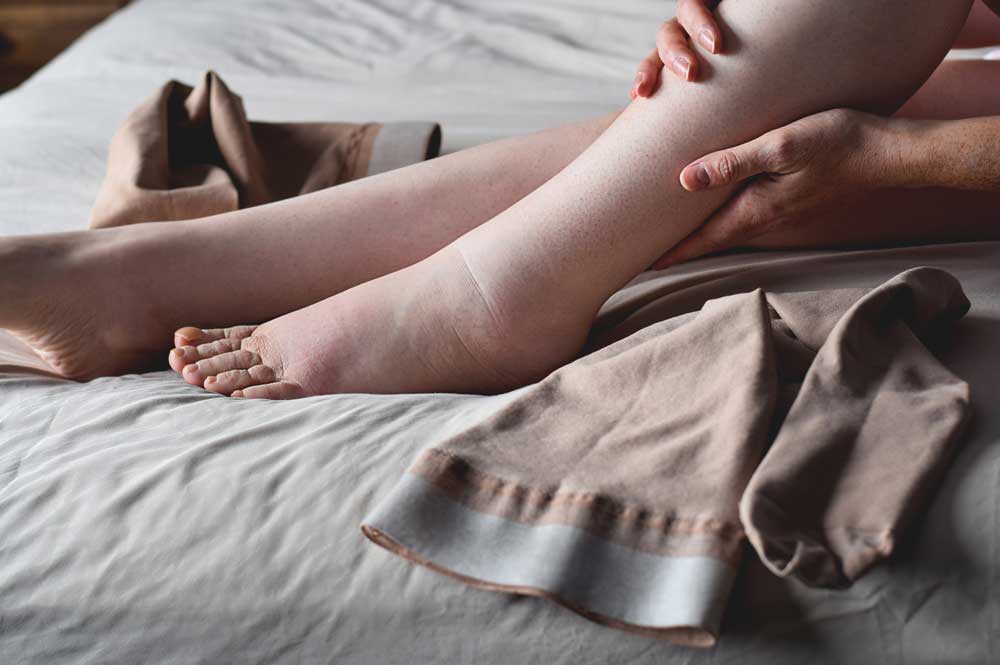Corley’s Vein Diagnosis and Treatment for Tired Legs and Varicose Veins
When Corley came to us, she was experiencing leg fatigue, swelling, and pain while teaching. Once a visible vein developed, she had difficulty with work and struggled to enjoy the activities she loved.
Unfortunately, Corley’s story is not unusual. Most of our patients tell us how their vein symptoms have led to struggles with being able to take part in the activities they enjoy or even just getting through the workday.
After a vein evaluation, we offered Corley ‘the right treatment at the right time for this patient’, giving her relief from her leg fatigue and discomfort so she could get back to doing what she loved.
What Causes Varicose Veins?
One of the most common causes of varicose veins is genetics. If someone in your family has had varicose veins, there’s a good chance that you may experience them as well. Additionally, aging can weaken the veins in your legs, making them more prone to damage. Other contributing factors include sitting or standing for long periods of time, lack of physical activity, obesity, and multiple pregnancies.
Evaluation for Varicose Veins
The evaluation for your tired achy legs starts with you sharing your concerns with your vein doctor and then a history and physical exam. If the exam suggests a vein problem a duplex ultrasound to identify any underlying vein issues. Once we know more about the specifics of your case, we can create a personalized treatment plan.
Lifestyle Changes to Improve Leg and Vein Health
Lifestyle changes play a big part in your vein health. The earlier you start to take care of your legs the better your vein health will be. If you already have problems lifestyle changes can help with your symptoms of varicose veins and slow the progression of your vein symptoms.
If you have a sedentary job, take short breaks to walk around and stretch your legs and elevate your legs several times per day. Regular exercise, such as walking or cycling, can also help strengthen the muscles that support your veins. Wearing compression stockings can provide extra support to your legs and improve circulation. If you’re overweight, losing weight can help take some of the pressure off of your veins.
Treatment for Varicose Veins
Modern vein care offers minimally invasive office-based treatments for most superficial vein problems. Vein care is now, ‘Walk in-Walk-out with Little to No Downtime’ care.
Thermal or heat energy and non-thermal treatments are used to correct problems with unhealthy great or lesser saphenous veins, the most common source of symptomatic vein problems. Thermal or heat-induced treatments include: Endovenous Laser Treatment (EVLT) or Endovenous Radiofrequency (EVRF) revolutionized vein care replacing ‘vein stripping’ in 2000. The heat collapses the vein or welds it shut, rerouting your venous blood flow to your healthy veins.
More recently non-thermal treatments have been approved, as an option for these thermal modalities. These include specialized sclerotherapy medications or medical-grade adhesives to close off the bad veins under ultrasound guidance.
After the underlying problem is correct the bulging varicose veins can be treated at the same time or later once your legs have healed from the initial treatment. The options include ‘micro-phlebectomy’ or the precise removal of the bulging veins under local anesthesia with excellent short and long-term results. Or ultrasound-guided sclerotherapy for bulging varicose veins.
Finally, your spider veins are treated with ‘cosmetic ‘micro-sclerotherapy’. With a series of short outpatient treatments, most patients see between 70 and 80% fading of their visible spider veins.
All treatments are office based, minimally invasive, allowing you to get back to your routine shortly after your procedure.

